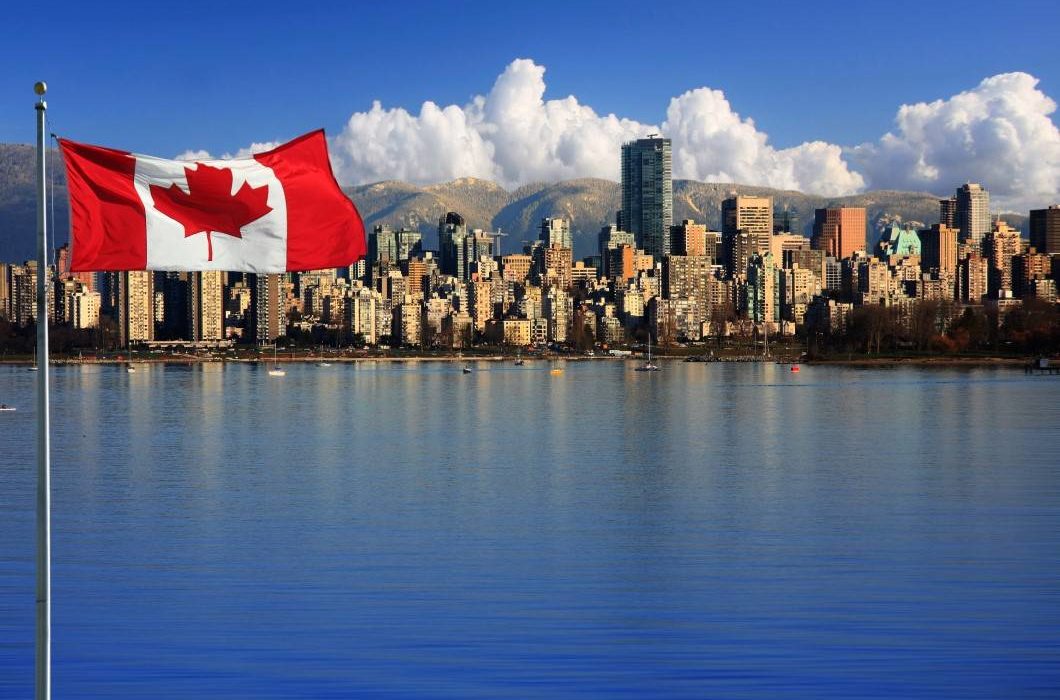
You might also like:
While the Government of Canada, through Minister Mélanie Joly, has released its new tourism strategy, the Economic Development and Employability Network (RDÉE Canada) notes with a lot of concern the absence of francophone tourism in the federal plan.
The government has identified areas such as Aboriginal Tourism, Culinary Tourism, and LGBT as the pillars of its action plan. RDÉE Canada argues that there should be room for all tourism segments, but fails to explain the absence of Francophone tourism.
“How can we have forgotten the Francophone tourism sector? This omission is worrying,” said Jean-Guy Bigeau, President and CEO of RDÉE Canada,
Indeed, the only mention of the Francophone sector in the federal strategy, regards the Francophone Heritage, Cultural and Tourism Corridor. According to RDÉE Canada, the only pan-Canadian network outside Quebec dedicated to the economic development and employability of Francophone and Acadian communities, there is clearly a contradiction on the part of the government.
“The Francophone Heritage, Cultural and Tourism Corridor must be considered as a starting point, not the end.”
There are at least 270 million French speakers in the world and Canada has 2.7 million Francophones outside Quebec. One of Canada’s comparative advantages is its linguistic duality. According to some experts, having two official languages should be at the center of Canadian promotion.
“A great value added in Canada, on which we can build a unique tourism offer, is the fact that we have two official languages. It allows an enhancement of the Canadian Francophonie and a duplication of markets. We have a diamond waiting to be polished, but the federal government does not seem to be aware of it,” said Jean-Guy Bigeau.
According to Economic Conseil, the direct contribution of Francophone tourism outside Quebec to Canada’s GDP in 2016 was $ 7.8 billion and 123,230 direct jobs creation.
Source: tourism-review.com



